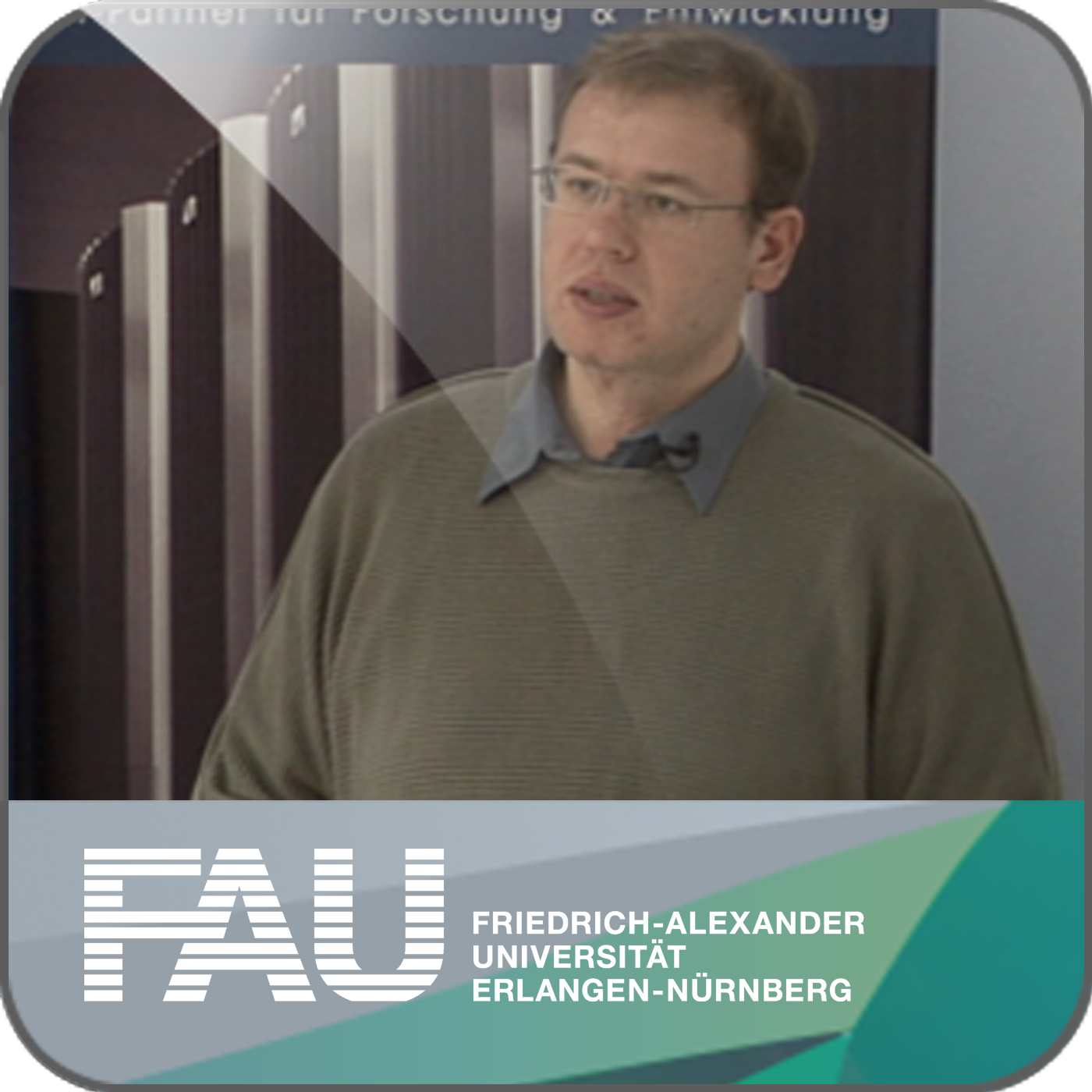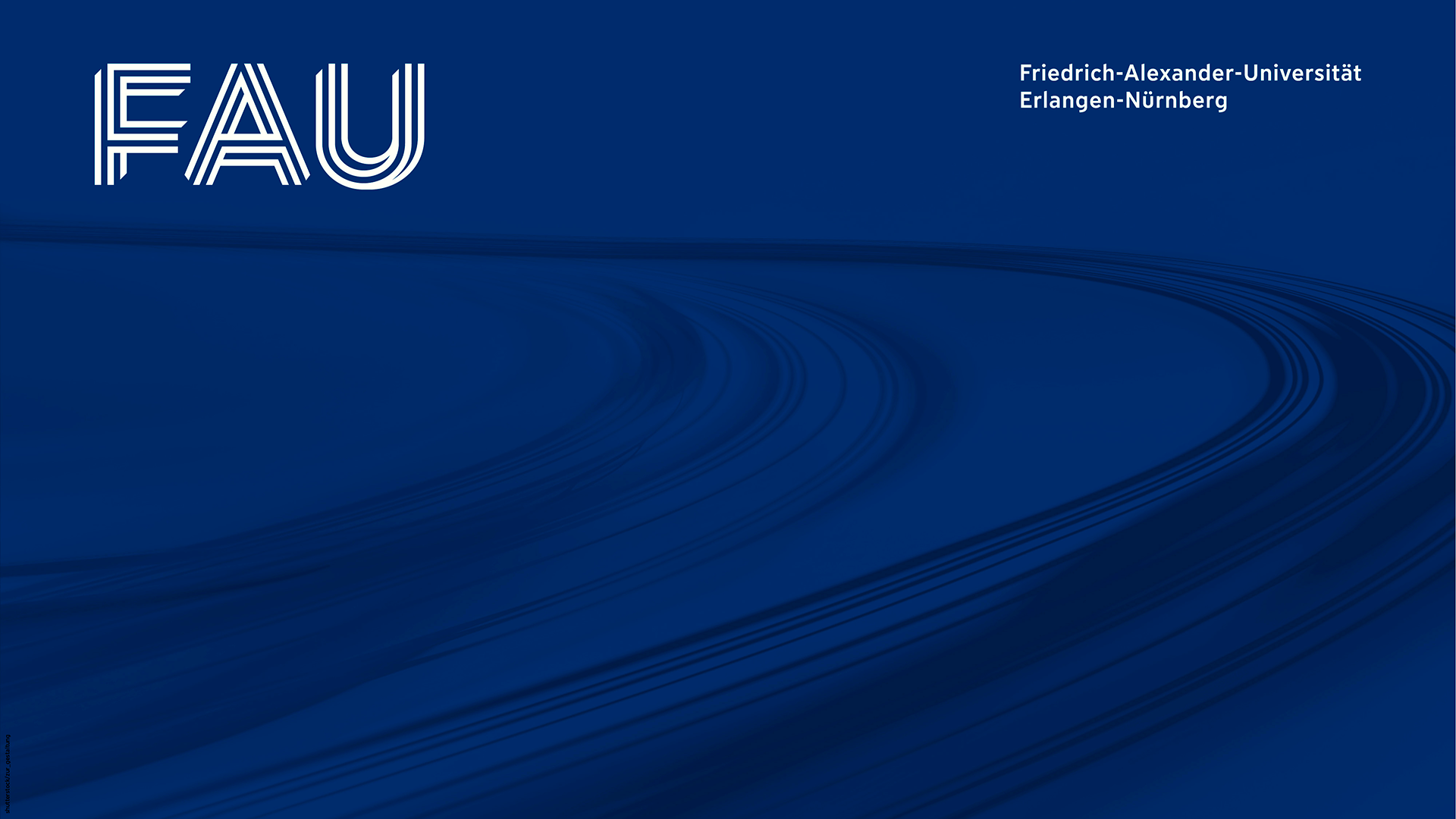In addition, neuroscience provides a vast number of methods to decipher the representational and computational principles of biological neural networks, which can in turn be used to understand artificial neural networks and help to solve the so called black box problem. This endeavour is called neuroscience 2.0 or machine behaviour.
Finally, the idea of combining artificial intelligence, in particular deep learning, and computational modelling with neuroscience and cognitive science has recently gained popularity, leading to a new research paradigm for which the term cognitive computational neuroscience has been coined. There is increasing evidence that, even though artificial neural networks lack biological plausibility, they are nevertheless well suited for modelling brain function.
The seminar will cover the most important works which provide the cornerstone knowledge to understand cutting edge research at the intersection of AI and neuroscience.
Students will be able to
• independently identify challenges in translating technical solutions from the bench to the bedside, and assess how close to clinical feasibility a technical solution is
Students will have acquired competences to
• perform an unstructured literature review on an assigned subject
• independently research the assigned subject
• present and introduce the subject to their peers
• give a scientific presentation in English according to international conference standards
• summarize their findings in a written report that adheres to good scientific practice
Empfohlene Literatur Barak, O. (2017). Recurrent neural networks as versatile tools of neuroscience research. Current opinion in neurobiology, 46, 1-6.
Barrett, D. G., Morcos, A. S., & Macke, J. H. (2019). Analyzing biological and artificial neural networks: challenges with opportunities for synergy?. Current opinion in neurobiology, 55, 55-64.
Cichy, R. M., Khosla, A., Pantazis, D., Torralba, A., & Oliva, A. (2016). Comparison of deep neural networks to spatio-temporal cortical dynamics of human visual object recognition reveals hierarchical correspondence. Scientific reports, 6(1), 1-13.
Cichy, R. M., & Kaiser, D. (2019). Deep neural networks as scientific models. Trends in cognitive sciences, 23(4), 305-317.
Dasgupta, S., Stevens, C. F., & Navlakha, S. (2017). A neural algorithm for a fundamental computing problem. Science, 358(6364), 793-796.
Hassabis, D., Kumaran, D., Summerfield, C., & Botvinick, M. (2017). Neuroscience-inspired artificial intelligence. Neuron, 95(2), 245-258.
Kriegeskorte, N., & Douglas, P. K. (2018). Cognitive computational neuroscience. Nature neuroscience, 21(9), 1148-1160.
Marblestone, A. H., Wayne, G., & Kording, K. P. (2016). Toward an integration of deep learning and neuroscience. Frontiers in computational neuroscience, 10, 94.
Nasr, K., Viswanathan, P., & Nieder, A. (2019). Number detectors spontaneously emerge in a deep neural network designed for visual object recognition. Science advances, 5(5), eaav7903.
Rahwan, I., Cebrian, M., Obradovich, N., Bongard, J., Bonnefon, J. F., Breazeal, C., ... & Wellman, M. (2019). Machine behaviour. Nature, 568(7753), 477-486.
Yamins, D. L., & DiCarlo, J. J. (2016). Using goal-driven deep learning models to understand sensory cortex. Nature neuroscience, 19(3), 356-365.
Jonas, E., & Kording, K. P. (2017). Could a neuroscientist understand a microprocessor?. PLoS computational biology, 13(1), e1005268.
Semester
Sommersemester 2021
Lehrenden
Zugang via
Nur für Portal, Passwortgeschützt
aktualisiert
2021-04-19 15:22:25
Abonnements
3
-
# 1PasswortgeschütztHassabis et al. - 2017 - Neuroscience-Inspired Artificial Intelligence presented by Ruolin WangProf. Dr. Andreas Maier2021-04-19 Sommersemester 20211Hassabis et al. - 2017 - Neuroscience-Inspired Artificial Intelligence presented by Ruolin WangProf. Dr. Andreas Maier2021-04-19 Sommersemester 2021PasswortgeschütztGesperrt clip
-
# 2Nur für PortalBarak - 2017 - Recurrent neural networks as versatile tools of neuroscience research presented by Jingyi YaoProf. Dr. Andreas Maier2021-05-04 Sommersemester 20212Barak - 2017 - Recurrent neural networks as versatile tools of neuroscience research presented by Jingyi YaoProf. Dr. Andreas Maier2021-05-04 Sommersemester 2021Nur für PortalGesperrt clip
-
# 3Nur für PortalMarblestone et al. 2016 - Toward an Integration of Deep Learning and Neuroscience presented by Yatharth ThakkarProf. Dr. Andreas Maier2021-05-04 Sommersemester 20213Marblestone et al. 2016 - Toward an Integration of Deep Learning and Neuroscience presented by Yatharth ThakkarProf. Dr. Andreas Maier2021-05-04 Sommersemester 2021Nur für PortalGesperrt clip
-
# 4Nur für PortalHow AI and Neuroscience drive each other & Ullman 2019 - Using neuroscience to develop AI presented by Abdelrahman YoussefProf. Dr. Andreas Maier2021-05-03 Sommersemester 20214How AI and Neuroscience drive each other & Ullman 2019 - Using neuroscience to develop AI presented by Abdelrahman YoussefProf. Dr. Andreas Maier2021-05-03 Sommersemester 2021Nur für PortalGesperrt clip
-
# 5Nur für PortalAnalyzing biological and artificial neural networks challenges with opportunities for synergy presented by Dennis PossartProf. Dr. Andreas Maier2021-05-17 Sommersemester 20215Analyzing biological and artificial neural networks challenges with opportunities for synergy presented by Dennis PossartProf. Dr. Andreas Maier2021-05-17 Sommersemester 2021Nur für PortalGesperrt clip
-
# 6Nur für PortalCognitive computational neuroscience presented by Maria MonzonProf. Dr. Andreas Maier2021-05-17 Sommersemester 20216Cognitive computational neuroscience presented by Maria MonzonProf. Dr. Andreas Maier2021-05-17 Sommersemester 2021Nur für PortalGesperrt clip
-
# 7Nur für PortalMachine behaviour presented by Brindha SelvarajProf. Dr. Andreas Maier2021-05-18 Sommersemester 20217Machine behaviour presented by Brindha SelvarajProf. Dr. Andreas Maier2021-05-18 Sommersemester 2021Nur für PortalGesperrt clip
-
# 8Nur für PortalDeep Neural Networks as Scientific Models by Daniel MosigProf. Dr. Andreas Maier2021-06-08 Sommersemester 20218Deep Neural Networks as Scientific Models by Daniel MosigProf. Dr. Andreas Maier2021-06-08 Sommersemester 2021Nur für PortalGesperrt clip
-
# 9Nur für PortalUsing goal-driven deep learning models to understand sensory cortex by Wooram KangProf. Dr. Andreas Maier2021-06-08 Sommersemester 20219Using goal-driven deep learning models to understand sensory cortex by Wooram KangProf. Dr. Andreas Maier2021-06-08 Sommersemester 2021Nur für PortalGesperrt clip
-
# 10Nur für PortalNumber detectors spontaneously emerge in a deep neural network designed for visual object recognition by Nikola KölblProf. Dr. Andreas Maier2021-06-08 Sommersemester 202110Number detectors spontaneously emerge in a deep neural network designed for visual object recognition by Nikola KölblProf. Dr. Andreas Maier2021-06-08 Sommersemester 2021Nur für PortalGesperrt clip
-
# 11Nur für PortalA goal-driven modular neural network predicts parietofrontal neural dynamics during grasping by Badhan DasProf. Dr. Andreas Maier2021-06-14 Sommersemester 202111A goal-driven modular neural network predicts parietofrontal neural dynamics during grasping by Badhan DasProf. Dr. Andreas Maier2021-06-14 Sommersemester 2021Nur für PortalGesperrt clip
-
# 12Nur für Portalnsupervised learning by competing hidden units by Amin HeydarshahiProf. Dr. Andreas Maier2021-06-21 Sommersemester 202112nsupervised learning by competing hidden units by Amin HeydarshahiProf. Dr. Andreas Maier2021-06-21 Sommersemester 2021Nur für PortalGesperrt clip
-
# 13Nur für PortalThe Tolman-Eichenbaum Machine: Unifying Space and Relational Memory through Generalization in the Hippocampal Formation by Deepak CharlesProf. Dr. Andreas Maier2021-06-30 Sommersemester 202113The Tolman-Eichenbaum Machine: Unifying Space and Relational Memory through Generalization in the Hippocampal Formation by Deepak CharlesProf. Dr. Andreas Maier2021-06-30 Sommersemester 2021Nur für PortalGesperrt clip
-
# 14Nur für PortalTransferring structural knowledge across cognitive maps in humans and models by Debarchan ChatterjeeProf. Dr. Andreas Maier2021-06-30 Sommersemester 202114Transferring structural knowledge across cognitive maps in humans and models by Debarchan ChatterjeeProf. Dr. Andreas Maier2021-06-30 Sommersemester 2021Nur für PortalGesperrt clip
-
# 15Nur für PortalHow to grow a mind: Statistics, structure, and abstraction presented by Christopher KrausProf. Dr. Andreas Maier2021-07-05 Sommersemester 202115How to grow a mind: Statistics, structure, and abstraction presented by Christopher KrausProf. Dr. Andreas Maier2021-07-05 Sommersemester 2021Nur für PortalGesperrt clip
-
# 16Nur für PortalHuman-level concept learning presented by Kulyabin MikhailProf. Dr. Andreas Maier2021-07-05 Sommersemester 202116Human-level concept learning presented by Kulyabin MikhailProf. Dr. Andreas Maier2021-07-05 Sommersemester 2021Nur für PortalGesperrt clip
-
# 17Nur für PortalA neural algorithm for a fundamental computing problem by Tahmores BahraminejadProf. Dr. Andreas Maier2021-07-12 Sommersemester 202117A neural algorithm for a fundamental computing problem by Tahmores BahraminejadProf. Dr. Andreas Maier2021-07-12 Sommersemester 2021Nur für PortalGesperrt clip
-
# 18Nur für PortalCould a neuroscientist understand a microprocessor? by Nilam RajakProf. Dr. Andreas Maier2021-07-12 Sommersemester 202118Could a neuroscientist understand a microprocessor? by Nilam RajakProf. Dr. Andreas Maier2021-07-12 Sommersemester 2021Nur für PortalGesperrt clip
-
# 19Nur für PortalThe hippocampus as a predictive map presented by Jörn SchilbachProf. Dr. Andreas Maier2021-07-12 Sommersemester 202119The hippocampus as a predictive map presented by Jörn SchilbachProf. Dr. Andreas Maier2021-07-12 Sommersemester 2021Nur für PortalGesperrt clip

